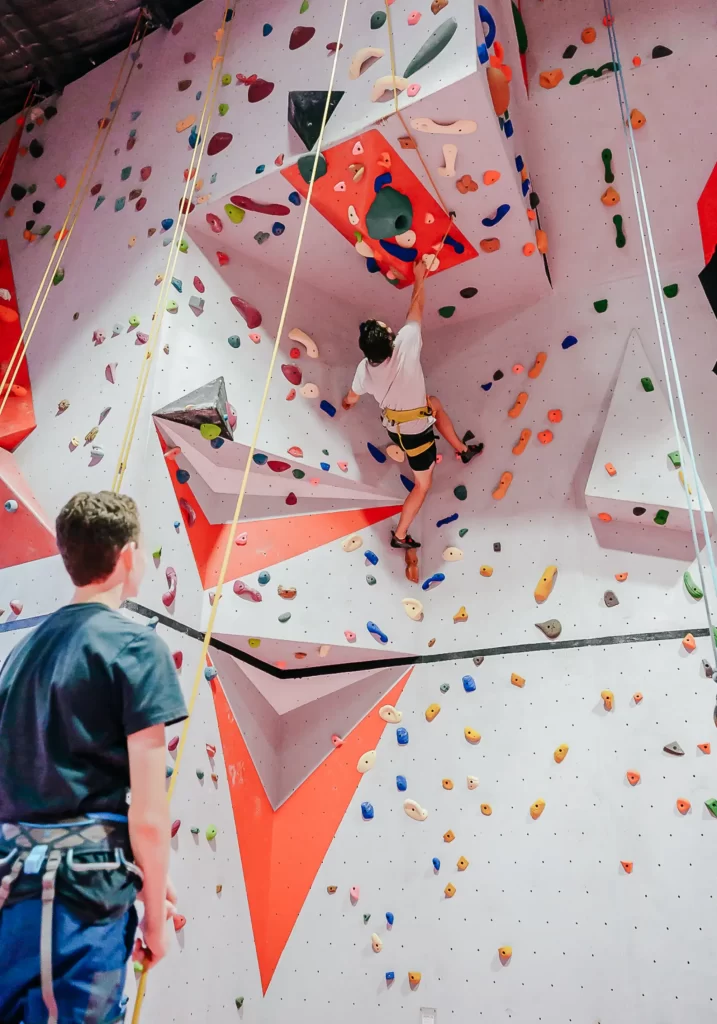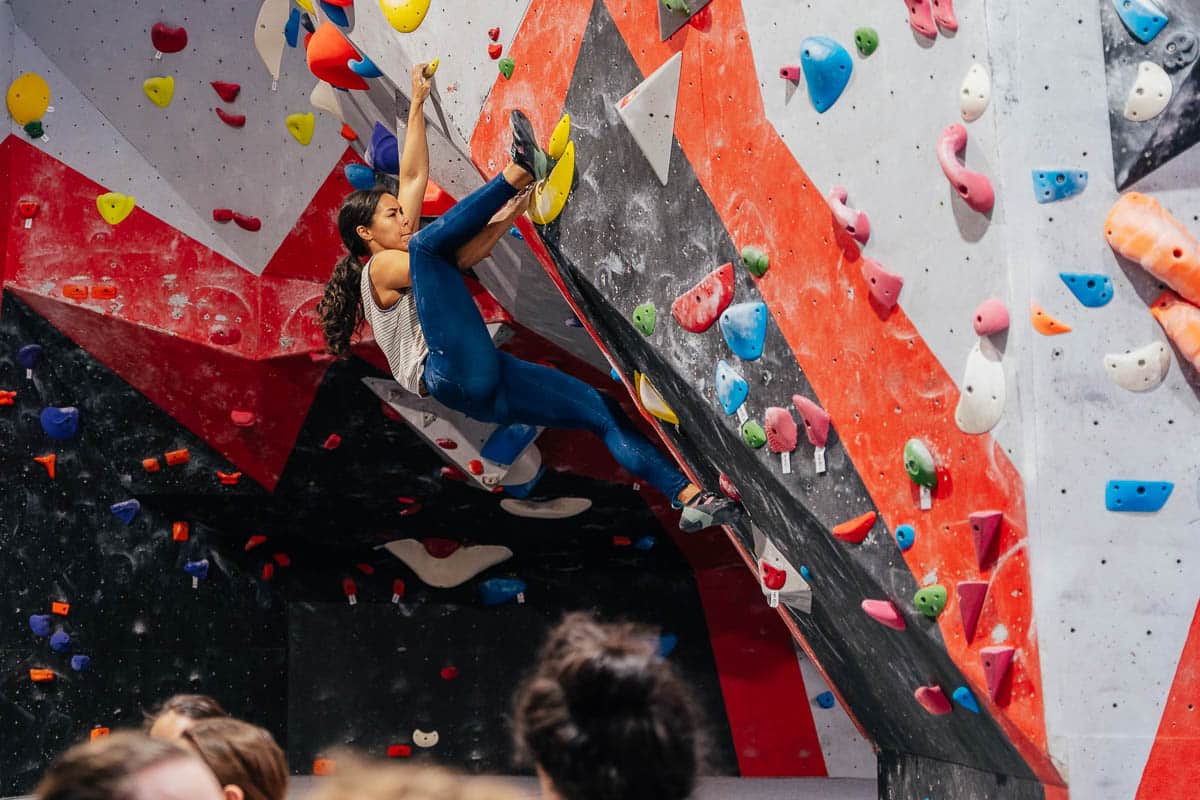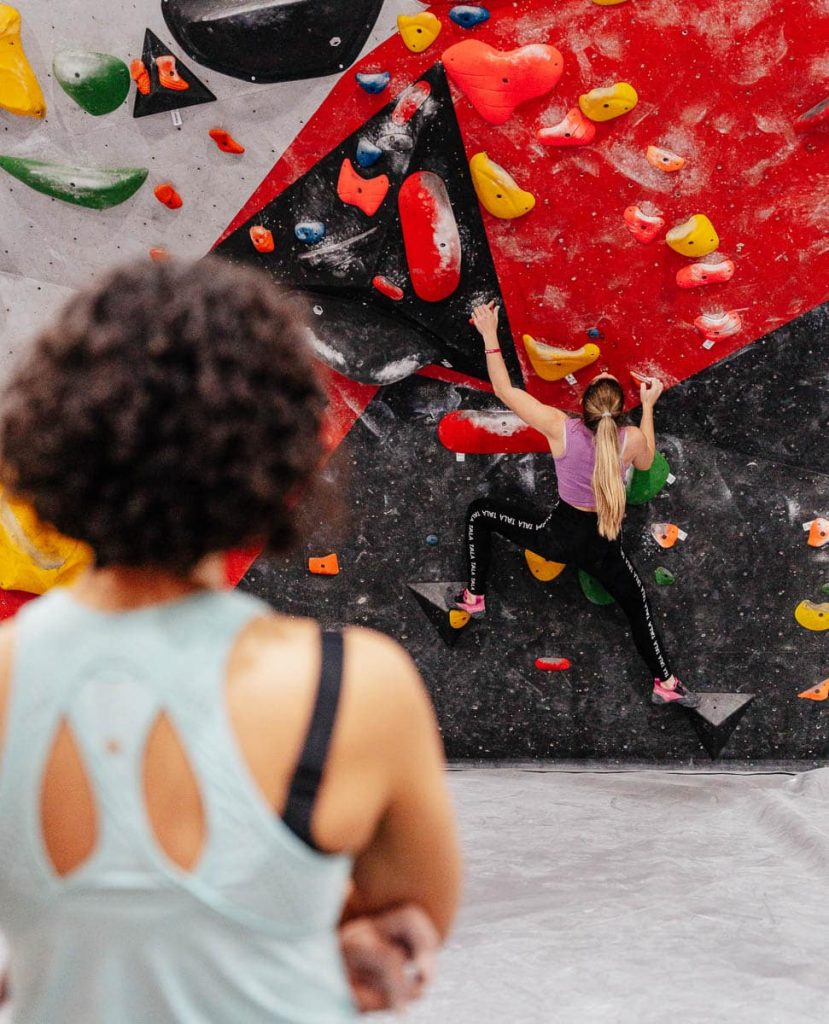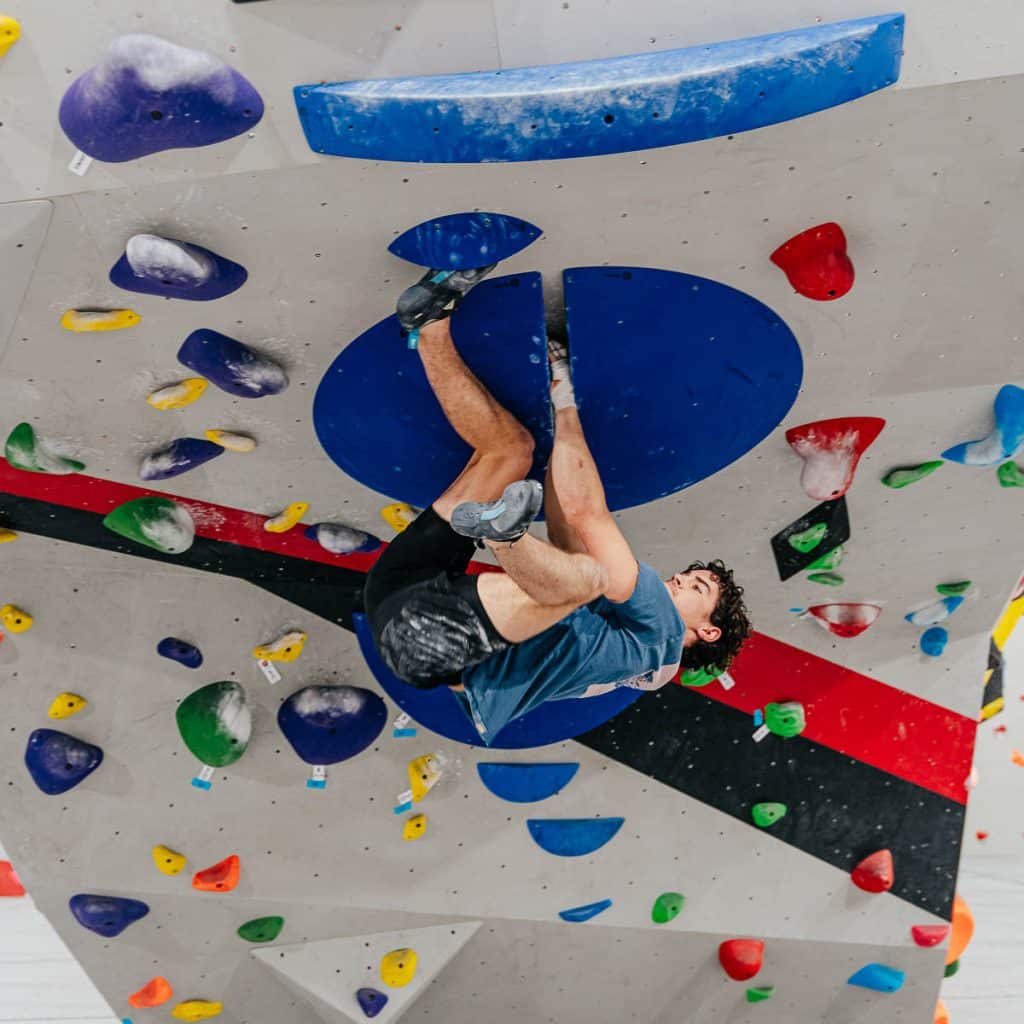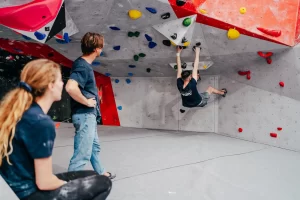Antagonistic Relief
Antagonistic Exercises
I have climbed for nearly half my life, 13 going on 14 years. For the majority of that time I was injury free, well at least serious injury free. However, over the years injuries did creep up on me and when I think about it I have been injured repeatedly for much of the last few years. The injuries I have sustained haven’t stopped me however they have slowed me down a little. I believe where possible you should manage injuries and carry on with your activity and training. I tend to believe if you stop training to let your body heal it will only get weak making the recovery process in terms of getting your strength back even more frustrating (I should point out that I only mean this for niggles, obviously if the injury is severe you will need to rest and allow your body time to recover). However, this could just be me not wanting to stop climbing, and is likely my way of justifying it to myself, or maybe it’s just what I think cause I’m S*#T at doing nothing, who knows.
Injuries primarily occur 2 ways. The first way an injury can occur is through something that has happened physically. For example falling and landing on your ankle the wrong way. Or, more recently, I injured my Lateral Co Lateral Ligament rocking over a very high heal as well as twisting my knee. During this motion I heard a clunk and a snap (this was also heard from the belayer on the ground). I have done the same injury before, though this time it was the opposite leg. The second way an injury can occur is through muscle imbalances, which one could argue that the above example was exactly that as my agonist muscles weren’t strong enough to prevent it from occurring. A good example of a muscle imbalance injury is a common one, “shoulder impingement”. This one is super common, and primarily it’s the supraspinatus muscle. The muscle lies between the Acromiom Process and the Coracoid Process.
 http://ortho.ucla.edu/body.cfm?id=178
http://ortho.ucla.edu/body.cfm?id=178
This is often injured or impinged in climbers as the internal shoulder rotators are often strong (the pulling down muscles, pulling into the body) though the external rotators are weak (muscles pulling away from the body, for example opening the fridge door outwards). This basically means your scapula is somewhat winged where the bottom portion (the pointy bit) sticks out. This causes a gap where the muscle goes through to close a little. Then when you constantly reach above your head you increase your risk of “squishing” it. This causes inflammation which further thickens the muscle. This injury will often reoccur. You need to fix your posture and external rotators for this problem to subside.
Another common imbalance injury is golfers elbow. As climbers we are repeatedly flexing our forearms which increases the strength in our flexor muscles though our extensor muscles (the hair side of our forearms) are weak. This increases the strain on the medial epicondyle where the flexors originate causing pain (golfers elbow).
I could write so much on injuries and rehab exercises though prevention is better than a cure and a picture says a thousand words. Instead I am going to show you an antagonistic routine I do regularly when I am climbing a lot. I believe this to help minimise the chance of injury in particular areas. As always, I have simply picked this up knowledge through years of study and experience in climbing and injuries. I am sure people would have other and different things to say though I am simply sharing my experiences.
When incorporating this circuit I do roughly 15 reps which are slow and controlled and repeat it 3 times. I use a red theraband like tubing which I believe is the second or third hardest.
I hope you can get some relief by including this into your training program.
I hope it helps.
P.S, if there is something in particular you would like me to write about please ask one of the managers of Pulse climbing to pass it on. I’d be happy to take it into consideration if I have the knowledge base.
Thanks.
Pete.

